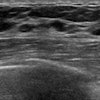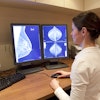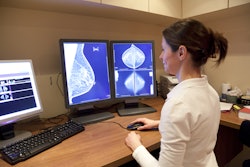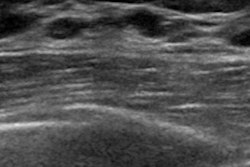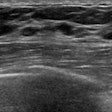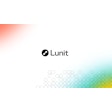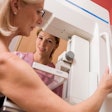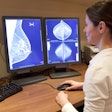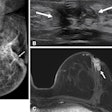Simple interventions could help women receive their proper breast cancer screening, according to research published November 10 in JAMA Internal Medicine.
A one-time mailed reminder for women who are overdue for screening led to increased screening uptake, a team led by Soo-Chin Lee, PhD, from the National University Cancer Institute in Singapore found.
“Scalable strategies to reengage overdue repeat screeners are urgently needed,” Lee and colleagues wrote.
Despite mammography being the gold standard for breast cancer screening, screening adherence remains a global challenge, even in countries with organized screening programs. Screening uptake in the U.S. is at about 72% and a prior meta-analysis reported an average repeat mammogram screening rate of 46.1%.
Lee and colleagues investigated the effectiveness of pragmatic behavioral interventions for increasing mammogram uptake among women who are overdue for repeat screening. Their study included 9,000 women with an age range of 50 to 69 who were overdue for a repeat screening (i.e., not undergoing mammography within the past two years). The women registered for the Singapore-based hospital’s mobile health application.
The team randomly placed the women into the following five groups at a 2:1:1:1:1 ratio: Receiving a personalized mailed reminder (Group 1); mailed reminder plus a $7.50 conditional voucher (Group 2); a mailed reminder plus a conditional chance to win $3,750 in a lottery (Group 3); a mailed reminder plus motivational videos (Group 4); and a mailed reminder plus a dedicated scheduling hotline (Group 5). All groups also received three mobile app push notification reminders spaced three weeks apart.
Of the total women, 5,872 were between the ages of 60 and 69, while 3,128 were aged 50 to 59 years. The older cohort had longer lapses in screening compared with the younger cohort (7.7 years vs. 5.4 years; p < 0.001).
The cost of the interventions per 1,000 women ranged from $742 for Group 1 to $5,512 for Group 5. Group 5 had the highest mammogram uptake, but this did not achieve statistical significance compared to Group 1. The same went for the other groups when compared to Group 1.
Increases in mammogram uptake among patient groups after interventions | |
Group | Uptake |
1 | 11.2% |
2 | 12.1% |
3 | 11.3% |
4 | 10.8% |
5 | 13.8% |
Also, women who were more than 10 years overdue in Groups 2 and 5 had slightly higher mammogram uptake (8.8% and 8.9%, respectively) compared to Group 1 (4.8%). However, these also did not achieve statistical significance.
Finally, the researchers reported low engagement with digital interventions, all below 5%.
“Given persistently low repeat screening rates across diverse health systems globally, these findings provide evidence for adopting mailed reminders as a first-line, population-level intervention in similar settings and may help health systems avoid interventions that are more costly, yet no more effective,” they wrote.
In an accompanying editorial, Steven Atlas, MD, from Harvard Medical School in Boston, MA, wrote that the results are a reminder that data from non-Western countries may be needed for better informing global health initiatives and increasing population-based cancer screening.
“Such population-based interventions may be feasible across low/medium-income and high-income countries,” Atlas wrote. "Though Singapore’s high gross domestic product identifies it as a high-income country, these findings remain relevant for breast cancer screening in Asia, where few organized population-based mammography screening programs have been reported.”
Read the full study here.

